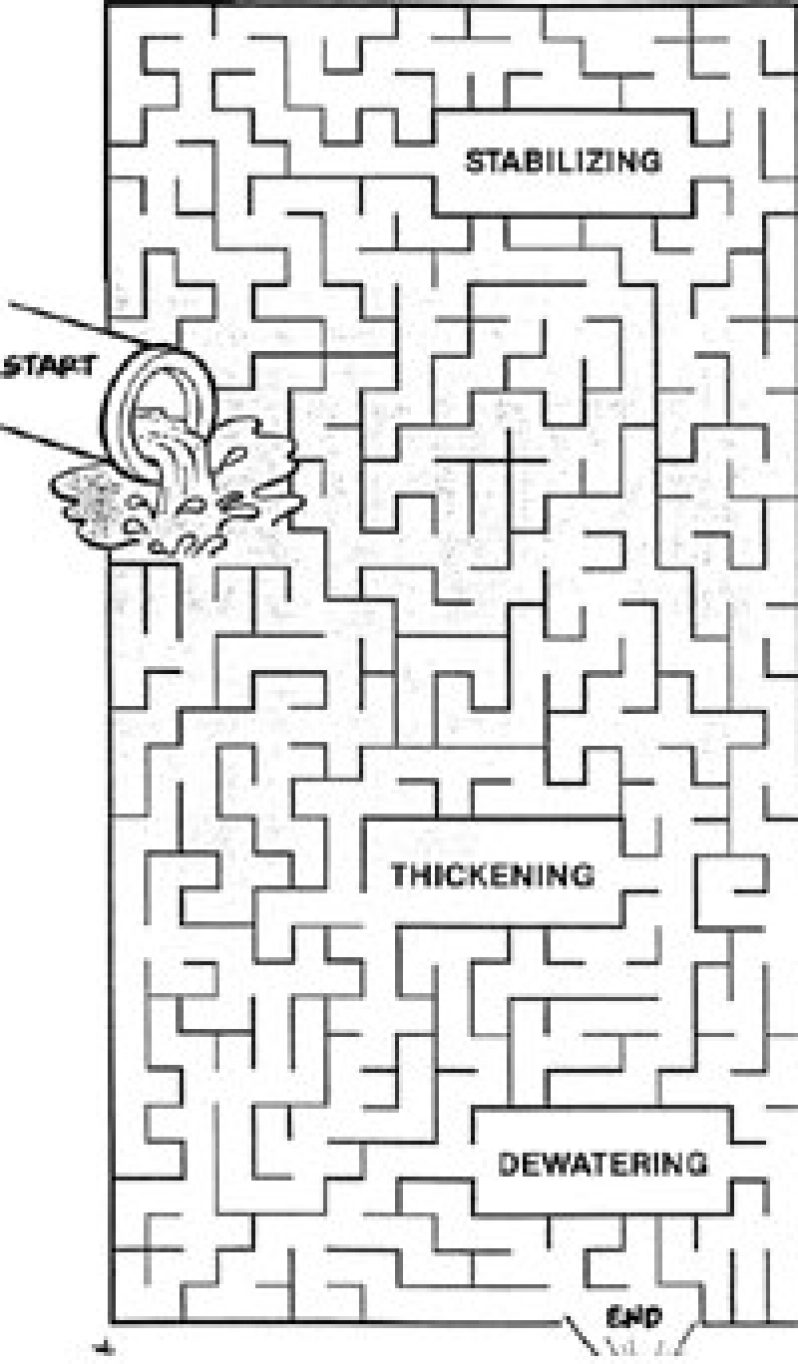WATER can be considered one of the most valuable resource on earth. Every living thing requires an adequate supply of water, and it has been proven that the provision of clean water contributes significantly to a high quality of life.
Water is an integral part of our lives, and is used every day for various purposes. In essence, adequate potable water is needed for us to lead healthy and productive lives; hence, the need to adequately manage and protect our water resources.
Regulations 2000 In its efforts to protect the water resources in Guyana, the Environmental Protection Agency (EPA) developed the Environmental Protection Regulations in 2000. As a part of these Regulations, specific emphasis was placed on water through the Environmental Protection (Water Quality) Regulations, which are meant to protect Guyana’s waters by controlling the discharge of any effluent (waste matter) into any of the coastal and inland waterways.
In its efforts to protect the water resources in Guyana, the Environmental Protection Agency (EPA) developed the Environmental Protection Regulations in 2000. As a part of these Regulations, specific emphasis was placed on water through the Environmental Protection (Water Quality) Regulations, which are meant to protect Guyana’s waters by controlling the discharge of any effluent (waste matter) into any of the coastal and inland waterways.
The Regulations encourage proper disposal of effluent, which will minimise potential contamination of existing or potential sources of water supplies. They aim to reduce threats to public health, as well as reduce or eliminate the possibility of actual or potential contamination to our water bodies.
Some common substances found in effluent discharge
Ammonical Nitrogen, Sulphates, Chlorides, Cobalt, Vanadium, Detergents, Fluorine, Molybdenum, Phosphates, Beryllium, Silver etc., when disposed of in certain quantities can have serious repercussions for our water resources.
Waste that should not be discharged into the waterways
Certain wastes, regardless of the volume, cannot be released into waterways, as they can result in serious damage to human health and the environment. These include:
• Waste in toxic amounts, radiological or chemical waste, and waste type that prevents anchorage and navigation.
• Sewage discharge from water vessels.
• Any other discharge which the EPA identifies as having a negative impact on human health and the environment.
Spill or accidental discharges
In the event of a spill or accidental discharge of any effluent listed in the register of water effluents in any inland or coastal waters or land, the responsible person must immediately inform the EPA. The responsible person/s is required to contain, cleanse or abate the spill or accidental discharge in a manner acceptable to the EPA.
The EPA is required to estimate any damage caused by the spill or accidental discharge and may recover all costs and expenses from the responsible person/s.
It is the responsibility of every Guyanese to protect our water resources. Continue to read our column; in subsequent articles, we will closely examine the issues associated with wastewater and the mechanisms in place for the management of wastewater in Guyana.
Kids’ Activity
Sludge can form a part of wastewater from industries. Through water treatment, sludge will go through several steps to ensure the water is purified before entering the environment. Complete the maze to discover the order in which these steps occur. Write the name of the step in the blank space, and then read the description that goes with it.
1. ________________________
Raw sludge contains a lot of water. Some of the water is removed from the sludge using heat, gravity or other methods.
2. ________________________
In a special digester tank, sludge decomposes into substances that can be used safely. Lime or certain chemicals may be added to the sludge. This sludge has no bad odour.
3. ________________________
Filters, drying beds, presses and other devices remove most of the water left in the sludge.
You can share your ideas and questions by sending letters to: “Our Earth, Our Environment”, C/O EIT Division, Environmental Protection Agency, Ganges Street, Sophia, GEORGETOWN or email us at eit.epaguyana@gmail.com.



.jpg)









